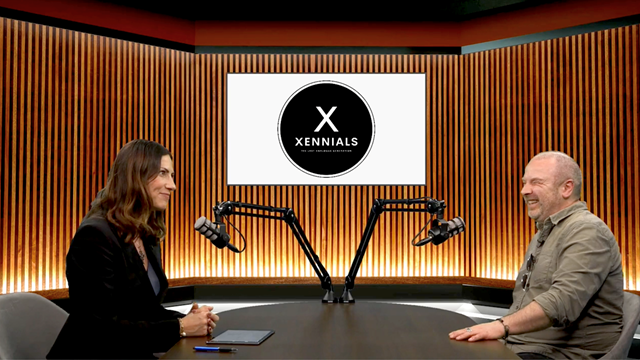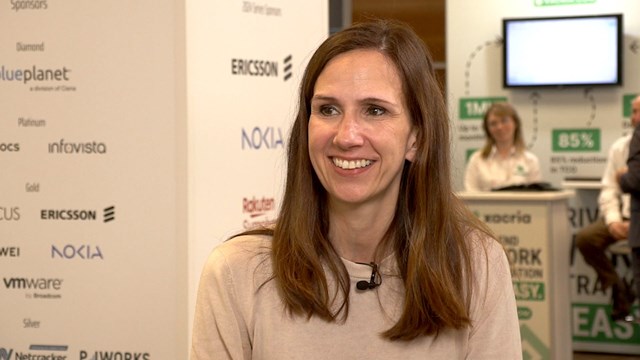The subscription revolution is gaining momentum in all industries as more and more companies see the benefits of moving to a recurring revenue model. Predictable costs for the customer and predictable revenue for the service provider means that the simplicity of subscriptions is a very appealing proposition for both parties.
However, we’re already seeing evidence of how a simple subscription-only business model is also increasingly vulnerable in a competitive market. The best services are often the simplest ones, but the simplest ones are also the easiest to mimic, particularly in the digital services market where the cost of entry is relatively low. Take Dropbox as an example. They may be the poster child of the cloud storage sector, but there’s now a whole host of lookalike competitors and many broadband providers are simply bundling their own version as part of their monthly subscriptions.
Bundling is of course a common strategy for creating extra value in a supplier-customer relationship. For example, in the telecoms sector, the likes of Vodafone are now bundling services such as Spotify or Sky Sports as part of their data packages in a bid to avoid an out-and-out price war for their ‘4G’ subscriptions. But not every customer is a music lover or sports fanatic, and having a flexible product catalogue that provides the flexibility to ‘pick and mix’ service options becomes crucial in order to meet the needs of a diverse customer base.
Freemium failings
‘Freemium’ offerings are another widely used tactic to get consumers to try out a service in the hope they will convert to a regular paying subscription. However, with an industry standard conversion rate of around 1%, and even a service as good as Dropbox still only achieving 4%, the freemium model can be a very expensive marketing ploy.
The problem with any ‘free’ service is that unless a customer is paying something, however small, then they generally don’t attach any real value to the service. So if the free version of Dropbox was discontinued tomorrow, there would initially be a lot of unhappy and emotional customers, but they would quickly move on and start using a different cloud storage service.
But locking customers in to either expensive monthly subscriptions or long-term contracts can also be recipes for disaster. If a customer is unsure of the value of the service then they are unlikely to sign-up unless they can try it first. This is where promotional periods such as a First Month Free work well, providing customers can easily cancel before they start being charged should they wish. Netflix is a great example of this.
Similarly paying a monthly fee for something that you don’t use regularly is not worth the money – gym memberships being the classic example, where people sign-up with great intentions but their interest quickly wanes. In order to counter this, a pay-as-you-go approach to pricing is often used, allowing customers to pay for what they use before making any significant commitment to longer term use. In the Infrastructure-as-a-Service (IaaS) space, the Amazon Web Services approach to on-demand pricing illustrates this idea perfectly.
Enterprise services
With all the competition Dropbox faces in the consumer market, it seems they have greater ambitions for the enterprise sector. But making the leap from B2C to B2B offerings brings a whole host of new challenges as every enterprise will have its own unique demands. These include the widely debated issues of security and compliance, but the pricing and billing issues are equally challenging and must not be overlooked.
Segmenting the B2B market is incredibly difficult and assuming that a few standard offerings will meet the needs of this demanding sector is rather naïve. Every enterprise will want to negotiate its own personalised pricing plans and contracts, as well as frequently needing to manage separate cost centres in multi-level billing hierarchies.
Moving to the next level
As service provider offerings mature, the need for innovative pricing and product packaging becomes ever greater in order to differentiate from an increasingly crowded market and create real value in your customer relationships. Starting with a subscription-only offering is a great way to gain a foothold in the market and start developing your service. However, to move to the next level of growth you need the flexibility to mix and match subscription and usage-based pricing models, and the system performance and scalability to support an exponential take-up of service users.
There are many simple subscription billing platforms available in the market today, but if you want to subscribe to the future, Cerillion Skyline is the enterprise-class cloud billing platform that will take you there.
Email Newsletters
Sign up to receive TelecomTV's top news and videos, plus exclusive subscriber-only content direct to your inbox.



